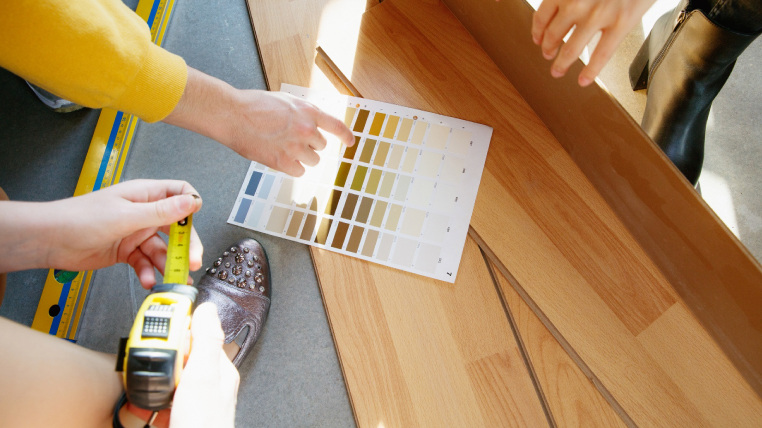Renovating your home is an exciting opportunity to refresh your space, enhance functionality, and increase property value. However, without careful planning, renovations can quickly become overwhelming, costly, and time-consuming. Here’s a step-by-step guide to ensure your renovation project runs smoothly and meets your expectations.
1. Define Your Goals and Budget
Before starting any renovation, it’s crucial to identify your objectives. Are you updating a single room or remodeling your entire home? Do you want to improve aesthetics, functionality, or energy efficiency? Once your goals are clear, set a realistic budget. Account for materials, labor, permits, and unexpected expenses. A well-defined budget prevents overspending and ensures you get the best value for your investment.
2. Plan the Design and Layout
Your renovation should align with both your needs and long-term plans. Work with a professional designer or architect to create a layout that maximizes space and functionality. Consider factors like natural lighting, storage solutions, and traffic flow. If expanding, ensure the new design blends seamlessly with the existing structure.
3. Choose the Right Contractors
Hiring experienced and reputable contractors is essential for quality work and timely completion. Get recommendations, read online reviews, and ask for references. Obtain multiple quotes and compare services before making a decision. A good contractor should provide a clear project timeline, detailed estimate, and transparent communication throughout the process.
4. Obtain Necessary Permits
Depending on the scope of your renovation, permits may be required. Failing to secure the necessary approvals can lead to fines and project delays. Your contractor should be familiar with local regulations and help you obtain the necessary documentation before starting work.
5. Prepare for Disruptions
Renovations can be disruptive, especially for large-scale projects. Plan for temporary living arrangements if necessary and create a timeline that minimizes inconvenience. Protect furniture and belongings from dust and debris by covering them properly. Keeping an open line of communication with your contractor helps you stay updated on progress and address any concerns.
6. Focus on Quality Materials
Using high-quality materials may require a higher initial investment, but they ensure durability and long-term savings. Consider sustainable and energy-efficient options, such as LED lighting, insulation upgrades, and water-saving fixtures. These choices not only enhance comfort but also reduce utility costs.
7. Stay Flexible and Expect the Unexpected
No renovation goes exactly as planned. Unforeseen issues like hidden structural problems, delays in material delivery, or weather-related setbacks may arise. Having a contingency fund (typically 10-20% of your budget) helps you manage unexpected expenses without derailing the project.
Conclusion
Planning your home renovation wisely can make the process smoother, more enjoyable, and cost-effective. By defining clear goals, hiring reliable professionals, and staying organized, you can achieve a beautiful and functional space that enhances your home’s value for years to come.


